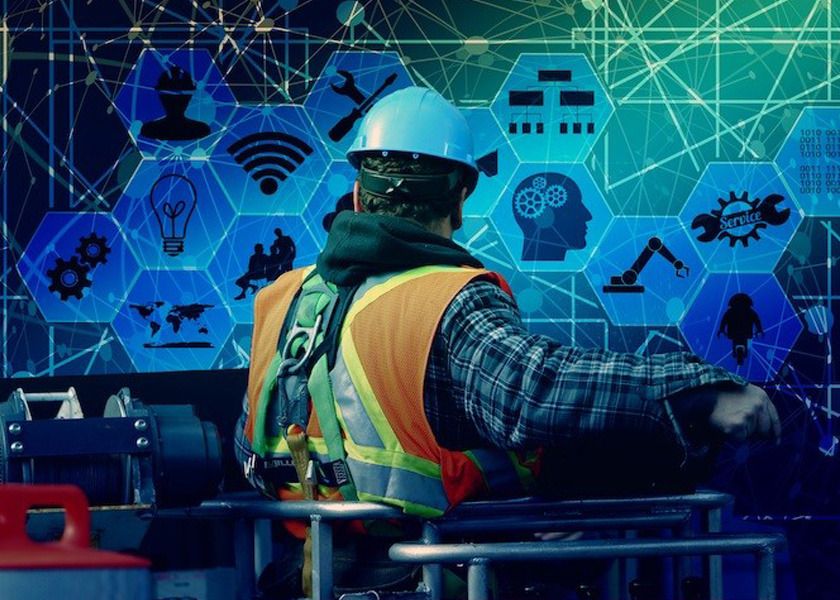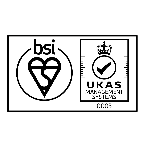
Lifting enters the digital world
Ben Dobbs, Head of Technical Services at LEEA, discusses what new technologies can offer the lifting sector.
At the LEEA’s roundtable ‘Opportunities offered by technology in the lifting sector’, held during the summer, it was noted that “the lifting industry is fairly immature, by comparison with other sectors, in digital transformation.
This comment has some validity. Lifting and placing objects must be one of mankind’s earliest industrial activities: it was ‘old technology’ when the pyramids were built but will continue to be vital in almost any conceivable future.
Nonetheless, the new and emerging technologies will certainly have implications both for how lifting equipment is designed and used, and for our roles in inspection and maintenance. From Artificial Intelligence, Cloud computing, Internet of Things, blockchain and mobile applications, to ever more advanced robotics, there will be developments that address today’s and tomorrow’s issues in lifting.
Those issues include labour and skills shortages, at several levels. On the one hand, the millennia-long quest to replace muscle power with machine power is, in many arenas, approaching the end game – we don’t need to pay people low wages to move stuff manually. So, as we are already seeing in warehouses for example, there will be ever more machine and robot lifting, but ‘cobots’ (the portmanteau term combining collaborative robots) will be doing this in the human space, with ramifications for how we make and maintain these systems in safety.
Equally, though, like most engineering sectors we continue to face skills shortages, and those skilled people we do have are likely to be less than thrilled by the prospect of carrying out inspections two hundred feet up a wind turbine – though, of course, other uncomfortable assignments are available. Increasingly, physical inspections in challenging environments will be made by drones and other remotely operated vehicles, carrying all manner of sensors and recording devices, guided, controlled and interpreted if necessary by an engineer from the comfort of their own office or even home, perhaps using Augmented or Virtual Reality systems. Or perhaps not – it may be that in many situations Artificial Intelligence can make a better fist of guiding the drone, and particularly of interpreting the results, than humans.
Already we are seeing the application of quite advanced technologies combining cameras and sensors with advanced analytics, for example in crane safety systems. A crane operator even with mirrors and video screens can only really look in one direction at a time: new systems continually monitor the entire 3D environment, including what is happening on the ground – soon, they may be able to predict what is about to happen, further enhancing safety. Systems will also be able to react to varying wind loads, for example, well before an operator could detect them – just as in a modern airliner.
Similar systems will enhance safety at ground level. They will also create full logs of movement history (including for example loads and accelerations), and prevent elements such as autonomous lift trucks, or crane jibs, from entering into forbidden zones.
Technology will also continue to make inroads into our still largely paper-based administrative environment. Using Internet of Things and RFID, QR or other tags, asset management systems will be hosted in the cloud and accessible instantly to any authorised engineer, user, or third party such as an insurer or the Original Equipment Manufacturer.
Certifications of compliance with PUWER, LOLER and other rules can be submitted effortlessly, and if blockchain principals are used, with no fear of fake or forgery (or indeed of mis-keying data). Machine Learning may also have a role in working out inspection and maintenance programmes that ensures compliance but minimises disruption and downtime.
There will also be implications for how LEEA itself works. One can foresee ChatGPT and its developments greatly assisting us in, for example, pulling together material from different regulations in different countries as we work on, for example, best practice guidance. Technology has already transformed the ways in which training can be provided. And such is the progress in machine translation, language may soon cease to be a barrier in our international work.
View the LEEA hosted roundtable discussion: ‘Opportunities offered by technology in the lifting sector’ at https://leeaint.com/videos.



